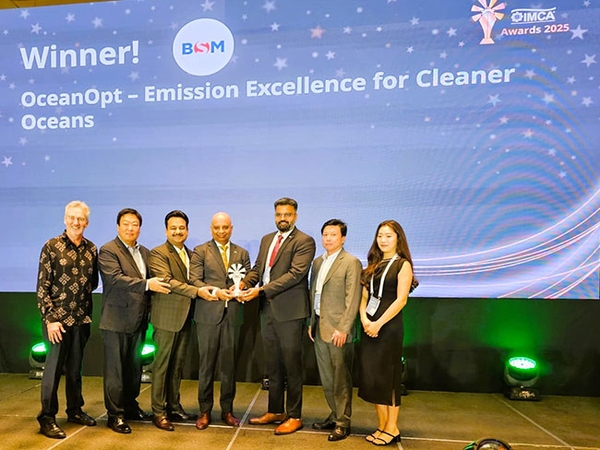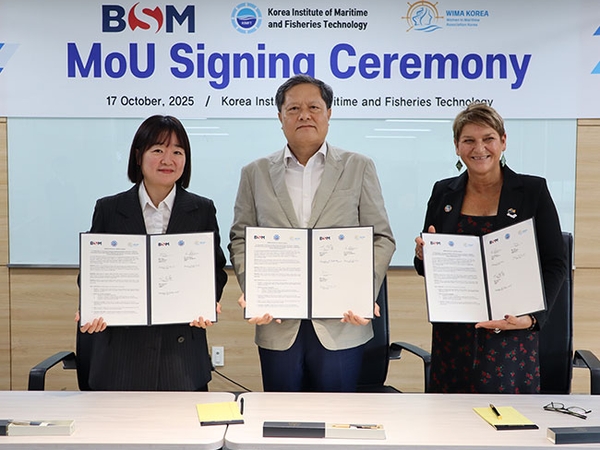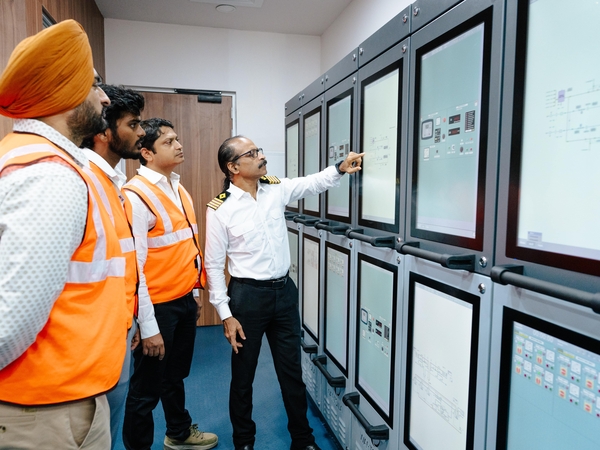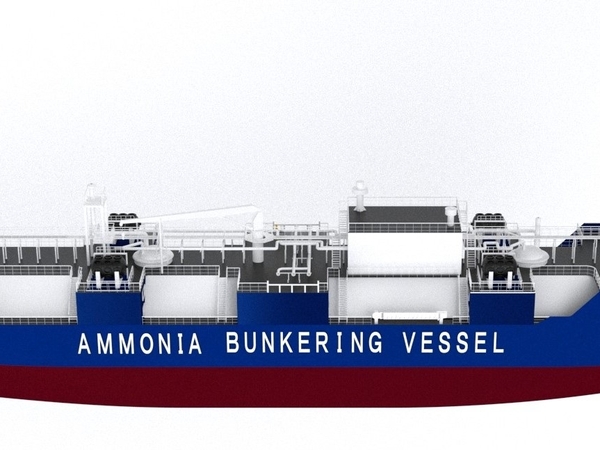International Convention on Load Lines (ICLL)
With regards to the ship’s hatch covers, the ICLL is the most important convention. However, from a Loadline convention point of view, the freeboard is of paramount importance as it determines the ship’s reserve buoyancy and safety. Under the Loadline convention, openings that are above the waterline must be weathertight. Water from green seas, sprays, and rain must not penetrate into the ship via these openings. To prevent water ingress, the ICLL requires the closures of these weathertight openings to be structurally sound and strong, tight and secured.
Carry out periodical tests to ensure that the sealing arrangements are in order. Additionally, carry out visual inspections to determine that the hatch cover structure and securing arrangements are in order. A test and a visual inspection are necessary to confirm hatch covers are weathertight and will remain weathertight throughout the voyage.
A satisfactory ultrasonic or hose test is generally sufficient to prove that the hatch covers are in order. However, a thorough visual inspection is necessary to confirm that the sealing capacity of the hatch covers can be maintained throughout the voyage. Inspect all parts that contribute in maintaining a tight seal (e.g. bearing pads, locators, stoppers, cleats, drains) as per manufacturer’s instructions and good industry practice.
Hatch covers must be strong to withstand the forces acting on them due to weather conditions and twisting and flexing of the hull during passage. The hatch covers are strong and rigid compared to the flexible hull. At sea, hatch covers will not move in unison with the hull, therefore relative movements can enhance the risk of water ingress.
These relative movements take place in the packing rubber and compression bar interface. A soft and flexible packing rubber in the hatch covers can compensate for these relative movements and prevent water ingress. However, the packing rubber alone may be unable to keep water out during extreme conditions such as hurricanes and freak waves.
In case of a (cargo) wetting damage claim, crew must ensure that the hatch covers can pass visual inspection and a hose or ultrasonic test. This will prove that the wetting damage was not because of improperly maintained hatch covers but due to extreme weather conditions.




















